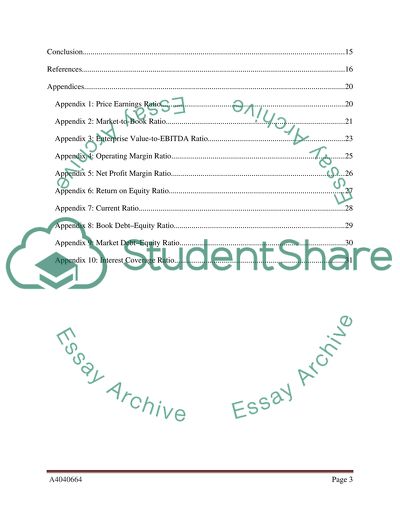Cite this document
(“Financial analysis of BMW and Kraft Foods Essay”, n.d.)
Retrieved from https://studentshare.org/finance-accounting/1393965-financial-analysis-of-bmw-and-kraft-foods
Retrieved from https://studentshare.org/finance-accounting/1393965-financial-analysis-of-bmw-and-kraft-foods
(Financial Analysis of BMW and Kraft Foods Essay)
https://studentshare.org/finance-accounting/1393965-financial-analysis-of-bmw-and-kraft-foods.
https://studentshare.org/finance-accounting/1393965-financial-analysis-of-bmw-and-kraft-foods.
“Financial Analysis of BMW and Kraft Foods Essay”, n.d. https://studentshare.org/finance-accounting/1393965-financial-analysis-of-bmw-and-kraft-foods.


